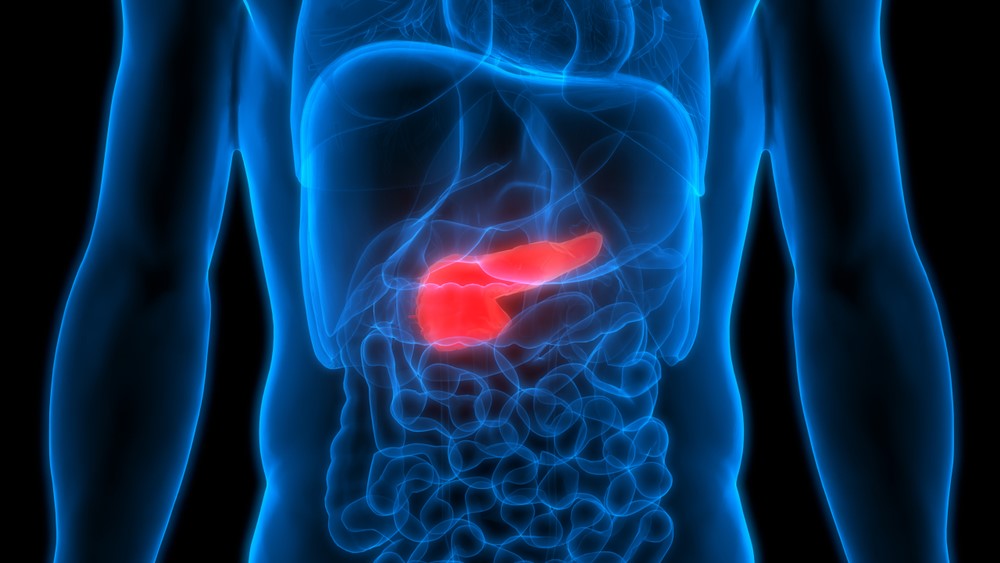Pancreatic Cancer Treatment: The Different Types of Surgery
Pancreatic cancer is a disease that begins in the pancreas — an organ in the abdomen responsible for producing digestive enzymes and hormones such as insulin to regulate blood sugar levels. Both non-cancerous (benign) and cancerous (malignant) tumours may form in the tissues of the pancreas, which may spread to other organs if left untreated.
Pancreatic cancer causes remain largely unknown. However, certain factors such as smoking, diabetes, and family history may increase the risk of developing the disease.
Although pancreatic cancer is not the most common cancer in Singapore, it represents the fourth and fifth highest mortality rate for Singaporean men and women, respectively. Surgery remains the only curative form of treatment available for pancreatic cancer. Surgical treatments are most effective at the early stages, but this cancer is often diagnosed late due to its lack of symptoms in the early stages. As a result, only about 20% of pancreatic cancer patients are considered eligible for surgery when diagnosed.
Factors to Consider When Determining Suitable Treatment
Pancreatic cancer surgery is complex, and there are numerous types of surgeries depending on the patient’s diagnosis. Two key factors that medical professionals will consider to determine a suitable treatment include:
1. Location
Pancreatic cancer tumours can develop in any part of the pancreas — head, neck, body and tail. The most common type of pancreatic cancer is pancreatic ductal adenocarcinoma, which begins in the cells along the ducts carrying digestive enzymes out of the organ.
2. Stage (Extent of Spread)
A laparoscopy may be conducted to determine how widespread the cancer is and whether surgery is still viable. It is a diagnostic, minimally invasive procedure that uses a laparoscope to examine abdominal organs. Biopsies may also be taken for testing and evaluation.
Types of Pancreatic Cancer Surgery
Potentially Curative Surgery
In the event that the cancer is contained within the pancreas and has not spread to other organs or blood vessels, potentially curative surgery can be performed to remove all the cancer TISSUE.
1. Pancreaticoduodenectomy
Also known as Whipple surgery, this is the most common operation for pancreatic cancer located in the head of the pancreas. The procedure involves removing the head of the pancreas, part of the duodenum and bile duct, the gallbladder and associated lymph nodes.
2. Distal pancreatectomy
In this operation, the surgeon will remove the body and tail of the pancreas. In some cases, the spleen may also be removed. However, the spleen plays a significant role in helping the body fight infections, hence removal may increase the patient’s risk of infection.
3. Total pancreatectomy
As the name suggests, this operation involves the total removal of the entire pancreas, along with the spleen, gallbladder, bile duct, and parts of the stomach and small intestine. It is the least common pancreatic cancer surgery and is only used when tumours have spread throughout the pancreas.
It is possible to live without a pancreas. Still, patients are more susceptible to developing diabetes and will most likely depend on insulin shots and supplemental enzymes to regulate blood glucose levels and digest certain foods.
4. Minimally invasive surgeries
Certain potentially curative surgeries can be performed using minimally invasive techniques such as laparoscopies or robotic assistance. Minimally invasive surgeries generally result in reduced blood loss and risk of infection, less pain after surgery and shorter recovery time for the patient.
Palliative Surgery
If pancreatic cancer has reached advanced stages, potentially curative surgeries may no longer be viable. In such cases, palliative surgery may be done to alleviate symptoms and improve quality of life, with the most common surgery targeted at addressing bile duct blockages.
Examples of palliative surgery include stent insertion to keep bile ducts open and bypass surgery to reroute the flow of bile to bypass the pancreas.
What is the Prognosis of Pancreatic Cancer Surgery?
Overall, the five-year survival rate for pancreatic cancer is very low, at just 5 to 10%. While pancreatic cancer is curable at early stages, unfortunately, the majority of cases are diagnosed at later stages.
It is vital to consult a doctor or pancreatic cancer surgeon as soon as you experience symptoms such as abdominal pain, jaundice, weight loss and new onset of diabetes. By seeking medical help early, you are more likely to get an earlier diagnosis and get started on a suitable treatment plan for pancreatic cancer.
Share this blog via:
- ← Understanding the Different Types of Hernia
- Understanding Pancreatic Cancer, Its Causes and Symptoms →





